Are you in need of HVAC repair services but unsure of what to expect? Look no further! In this article, we will explore the fascinating world of before and after scenarios in HVAC repair services. Discover how Diamond Air Design, a renowned HVAC Repair company in Pensacola FL, delivers exceptional results with their expertise. Whether it’s fixing a broken air conditioner or resolving heating system issues, Diamond Air Design has got you covered. So, let’s dive into the intriguing transformations that occur in HVAC repair services and learn more about what Diamond Air Design has to offer.
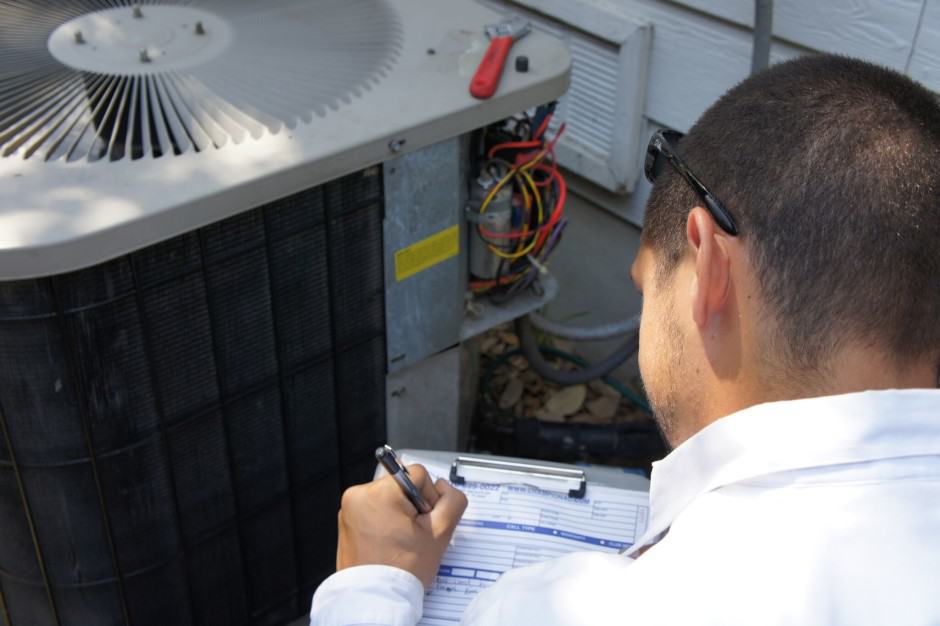
This image is property of www.championac.com.
Before Scenario 1
Identifying the issue
When faced with an HVAC issue, the first step is to identify the problem at hand. Whether it’s a malfunctioning air conditioner or a heating system that’s blowing cold air, determining the specific issue is crucial for an effective repair. This can be done by listening to the customer’s description of the problem and asking relevant questions to gain further insight.
Customer complaint
Understanding the customer’s complaint is essential in order to address their concerns effectively. Listening attentively to their description of the issue can offer valuable clues about what might be causing the problem. It’s important to make sure they feel heard and respected throughout the process, as this will help build trust and rapport.
Initial inspection
Once the issue has been identified, conducting an initial inspection is the next step. A professional HVAC technician will thoroughly examine the system to assess its overall condition and to pinpoint any visible signs of damage or malfunction. This inspection can include a visual examination of different components such as filters, coils, and electrical connections.
Diagnosing the problem
After the initial inspection, it’s time to diagnose the root cause of the HVAC issue. This involves a careful analysis of the system’s components and a systematic approach to troubleshooting. By utilizing their expertise and knowledge, HVAC technicians are able to identify the specific problem that is causing the malfunction or inefficiency.
Estimating repair costs
Once the problem has been diagnosed, it is important to estimate the repair costs accurately. This helps the customer understand the extent of the required repairs and allows them to make an informed decision about whether to proceed. As part of a transparent and customer-focused approach, it is important to provide a clear breakdown of the costs involved, including labor and any replacement parts that may be needed.
Before Scenario 2
Scheduled maintenance
Regularly scheduled maintenance is a vital part of keeping an HVAC system in optimum condition. By adhering to a routine schedule, potential issues can be identified and addressed before they escalate into more significant problems. This not only helps to extend the lifespan of the system but also ensures that it operates efficiently, saving the customer money on energy bills.
Routine check-up
During a routine check-up, an HVAC technician will thoroughly inspect and clean various components of the system. This can include checking and replacing filters, lubricating moving parts, cleaning coils, and testing the thermostat’s accuracy. By following a comprehensive checklist, the technician can ensure that every aspect of the system is functioning properly.
Identifying potential issues
While conducting a routine check-up, the technician will also be on the lookout for any potential issues that may arise in the future. By identifying these issues early on, they can be addressed proactively, preventing costly repairs down the line. This includes checking for signs of wear and tear, leaks, or inefficient performance.
Preventive measures
In addition to identifying potential issues, preventive measures can also be taken during scheduled maintenance to minimize the risk of future problems. This can include tasks such as tightening electrical connections, ensuring proper airflow, and adjusting thermostat settings. By taking these proactive steps, the likelihood of unexpected breakdowns or sudden malfunctions is significantly reduced.
Recommendations for improvements
Following a routine check-up, the HVAC technician may provide recommendations for improvements or upgrades to the system. These recommendations could include installing a programmable thermostat, upgrading to a more energy-efficient model, or implementing zoning systems for more precise temperature control. By discussing these options with the customer, they can make informed decisions about how to improve their HVAC system.
Before Scenario 3
Emergency call
In the event of an HVAC emergency, it is crucial to respond promptly to ensure customer safety and comfort. When a customer places an emergency call, it is important to gather as much information as possible about the nature of the problem, including any potential risks or hazards they may be facing.
Troubleshooting over the phone
Before dispatching a technician, it is beneficial to troubleshoot the problem over the phone. This can help determine if there are any quick fixes or temporary solutions that the customer can implement to alleviate the issue until help arrives. By providing step-by-step instructions, the customer may be able to address minor problems without the need for an immediate visit.
Scheduling an immediate visit
If the issue cannot be resolved over the phone or if there is a potential safety concern, it is essential to schedule an immediate visit. Customer safety and comfort are top priorities, and arranging a swift response demonstrates a commitment to providing reliable service. Dispatching a skilled technician promptly helps alleviate customer anxiety and ensures that their HVAC problem will be resolved in a timely manner.
Customer safety and comfort
Throughout the entire process, customer safety and comfort should be at the forefront. This means taking precautions to ensure the technician arrives prepared with the necessary tools and equipment to address the emergency effectively. It also involves communicating clearly with the customer to keep them informed of the expected timeline and any safety measures they may need to take while waiting for assistance.
Assessing the urgency of the situation
When responding to an emergency call, it is crucial to assess the urgency of the situation and prioritize accordingly. Some HVAC emergencies may pose immediate risks, such as gas leaks or carbon monoxide leaks, while others may be less urgent but still require prompt attention. By correctly evaluating the severity of the issue, the appropriate response can be delivered, ensuring customer safety and satisfaction.
Before Scenario 4
System breakdown
A system breakdown is a frustrating experience for any customer. It may result in a complete loss of cooling or heating, leaving the customer uncomfortable and inconvenienced. Understanding the impact a breakdown can have on the customer is essential for delivering empathetic and efficient service.
Loss of cooling/heating
Whether it’s a scorching summer day or a freezing winter night, the loss of cooling or heating can greatly affect the customer’s comfort. Recognizing the significance of this issue is crucial in order to prioritize the repair and provide the necessary assistance to restore the HVAC system’s functionality.
Customer frustration
When faced with a system breakdown, it is important to acknowledge and address the customer’s frustration. By empathizing with their situation and assuring them that help is on the way, the technician can begin to rebuild trust and confidence in the service being provided. This includes effectively communicating the steps that will be taken to diagnose and resolve the issue.
Possible causes
Before attempting to repair the system, the technician must investigate the possible causes of the breakdown. This can include a thorough examination of components such as the thermostat, electrical connections, or refrigerant levels. By systematically ruling out potential causes, the technician can pinpoint the exact source of the problem and address it effectively.
Initial examination
Once the possible causes have been identified, an initial examination is conducted to further diagnose the issue. This may involve testing various components of the system, monitoring airflow, or inspecting for leaks or damage. By conducting a comprehensive examination, the technician can gather the necessary information to make an accurate diagnosis and proceed with the appropriate repairs.
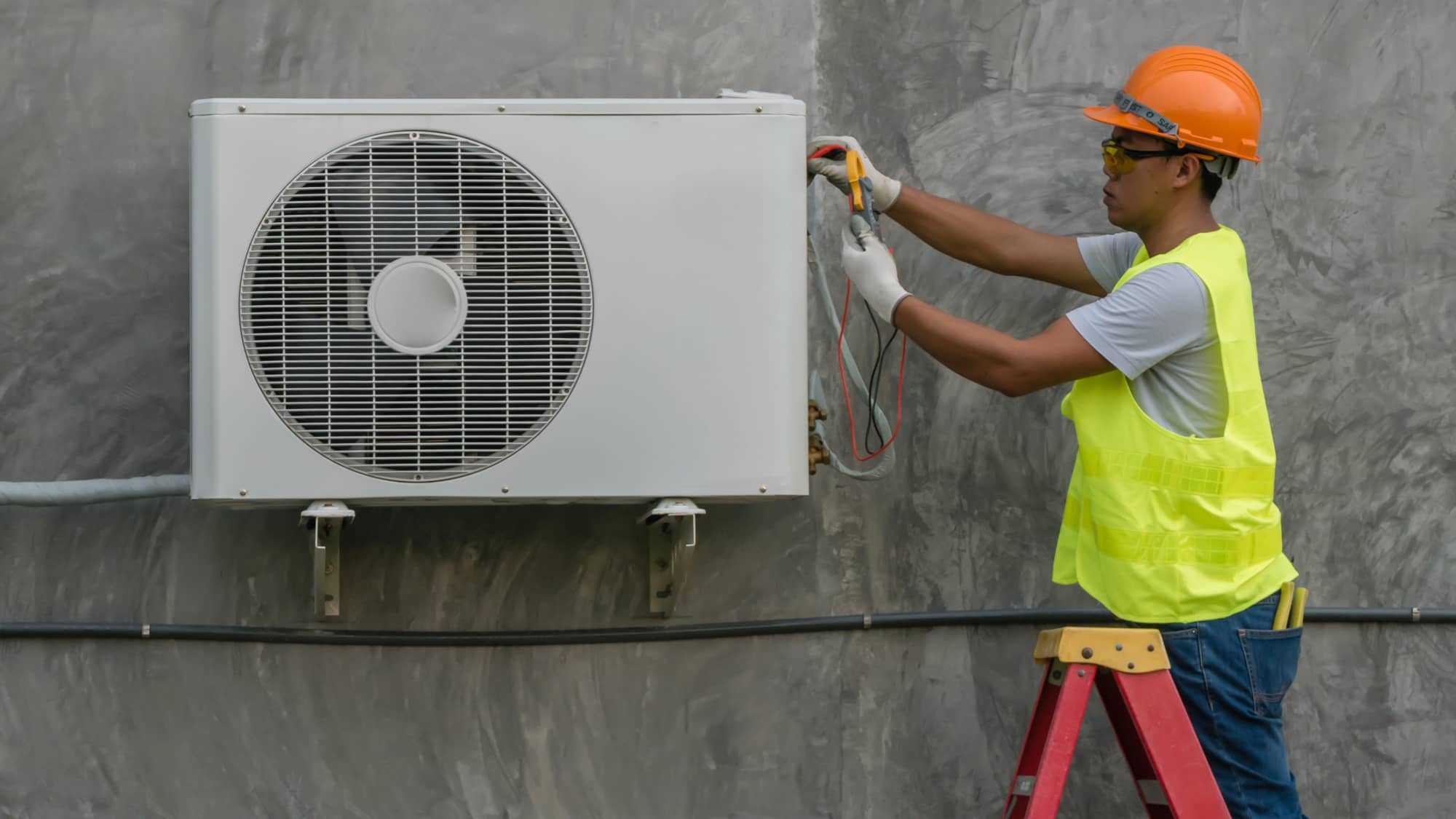
This image is property of edwinstipe.com.
Before Scenario 5
Subpar energy efficiency
If a customer is experiencing high utility bills, it could be an indication that their HVAC system is not operating efficiently. Addressing this issue requires a thorough evaluation of the system’s performance and identifying potential energy losses or inefficiencies.
High utility bills
High utility bills can quickly become a cause for concern for customers. They may be a result of an HVAC system that is consuming more energy than necessary to maintain the desired temperature. Before drawing any conclusions, it is important to assess the system’s energy efficiency and identify the factors contributing to increased energy consumption.
Customer’s dissatisfaction
When a customer expresses dissatisfaction with their HVAC system’s energy efficiency, it is important to listen attentively and validate their concerns. By demonstrating understanding and expertise, the technician can begin to work towards a solution that will improve the system’s energy efficiency and ultimately reduce their utility bills.
Evaluation of system performance
In order to diagnose the energy efficiency issues, a thorough evaluation of the system’s performance is necessary. This can involve measuring airflow, testing temperature differentials, and assessing the overall operation of the system. Gathering this data allows the technician to identify areas of improvement and provide targeted solutions.
Determining energy losses
Once the system’s performance has been evaluated, it is important to determine the specific energy losses that are occurring. This can include identifying air leaks, inefficient ductwork, or outdated components that are contributing to energy inefficiency. By pinpointing these areas, the technician can offer solutions that will effectively address the energy losses and improve the system’s overall efficiency.
Before Scenario 6
Inadequate air circulation
When a customer complains of inadequate air circulation, it can lead to uncomfortable hot or cold spots in their building. Understanding the inconvenience this can cause and the impact it has on customer comfort is crucial for delivering satisfactory service.
Hot or cold spots in the building
Hot or cold spots in a building can be indicative of inadequate air circulation. These areas may be affected by factors such as blocked air vents, obstructions in the ductwork, or imbalanced airflow. Recognizing the discomfort this can cause the customer, it is important to address this issue promptly and effectively.
Customer discomfort
Customer discomfort resulting from inadequate air circulation should be taken seriously. The HVAC technician should empathize with the customer’s frustration and make it a priority to restore optimum airflow throughout the building. Effective communication and reassurance play a significant role in ensuring that the customer feels heard and understood.
Inspecting air vents and ductwork
To identify the cause of inadequate air circulation, it is necessary to inspect the air vents and ductwork thoroughly. This can involve removing obstructions, cleaning ducts, or repositioning air vents to optimize the airflow. By addressing any issues found during the inspection, the technician can improve the overall air circulation and provide a more comfortable environment for the customer.
Identifying obstructions
During the inspection, it is important to identify any obstructions that may be impeding the airflow. This can include objects obstructing the vents, debris or buildup in the ductwork, or even improperly designed duct systems. By removing these obstructions and making necessary adjustments, the technician can ensure that air circulates freely and evenly throughout the building.
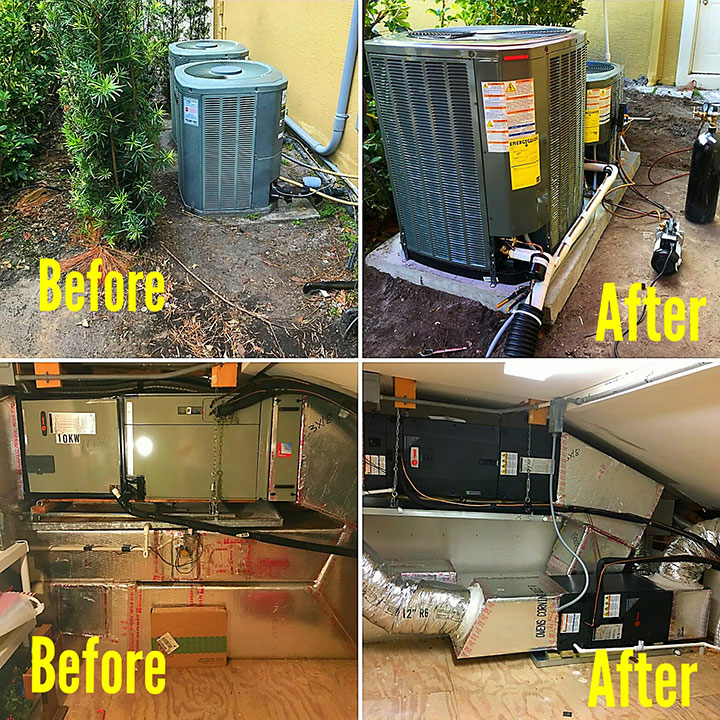
This image is property of www.kciac.com.
Before Scenario 7
Unusual noises or odors
When a customer reports unusual noises or odors emanating from their HVAC system, it is crucial to investigate the source of these concerns. Safety is paramount, and addressing any potential hazards or risks associated with these issues is a top priority.
Customer’s concern about safety
When a customer expresses concern about safety due to unusual noises or odors, it is important to address these concerns promptly. HVAC systems should operate quietly and without emitting strange smells, so identifying the source of the problem is crucial for ensuring both safety and peace of mind for the customer.
Investigating the source of noise/odor
The first step in addressing unusual noises or odors is investigating their source. This may involve a careful examination of the system’s components, such as motors, fans, or electrical connections. By listening attentively to the customer’s description and conducting a thorough inspection, the technician can identify any potential issues and take appropriate action.
Checking electrical connections
During the investigation, it is important to check the electrical connections of the HVAC system. Loose or faulty connections can result in unusual noises and may pose a fire risk. By inspecting and tightening these connections, the technician can eliminate potential hazards and ensure the system operates safely.
Inspecting for gas leaks
If the customer reports an odor that resembles gas, it is essential to inspect for gas leaks immediately. Gas leaks are highly dangerous and require immediate attention. The technician should take all necessary precautions to protect both the customer and themselves during this process. Identifying and rectifying any gas leaks is critical for the customer’s safety and peace of mind.
Before Scenario 8
Old or obsolete system
When a customer expresses a desire for an upgrade, it is often due to an old or obsolete HVAC system. Understanding the limitations of these older systems and recognizing the benefits of upgrading is essential for providing valuable recommendations to the customer.
Lack of modern features
Older HVAC systems often lack the modern features and technologies found in newer models. This can result in reduced energy efficiency, limited temperature control options, and fewer features to enhance comfort. Acknowledging these limitations helps establish a foundation for discussing potential upgrade options with the customer.
Customer’s desire for upgrade
A customer’s desire for an upgrade may stem from various factors, such as wanting to improve energy efficiency, enhance comfort, or take advantage of new technologies. When a customer expresses interest in upgrading their system, it is important to ask probing questions to understand their specific needs and preferences. This allows the technician to provide informed recommendations tailored to their unique situation.
Assessing current HVAC system
Before providing upgrade options, it is important to assess the current HVAC system thoroughly. This involves evaluating its performance, efficiency, and overall condition. By gathering this information, the technician can determine the most suitable upgrade options that align with the customer’s requirements and budget.
Providing upgrade options
Once the current system has been assessed, the technician can present upgrade options to the customer. This may include recommending more energy-efficient models, systems with advanced features and controls, or solutions tailored to the customer’s specific needs. By discussing the available options and their respective benefits, the technician can guide the customer towards making an informed decision that meets their expectations.
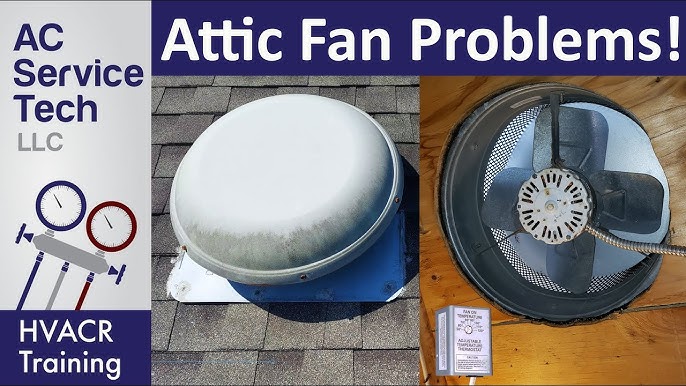
This image is property of i.ytimg.com.
Before Scenario 9
Poor indoor air quality
Customers who complain about poor indoor air quality may be experiencing allergies, respiratory issues, or overall dissatisfaction with the state of the air inside their home or business. Understanding the potential health risks associated with poor air quality is necessary for providing the appropriate solutions.
Allergies or respiratory issues
Poor indoor air quality can trigger allergies or respiratory issues in individuals. This can lead to discomfort, decreased productivity, and potential health risks. Showing empathy towards the customer’s concerns and taking their health into consideration is essential when addressing poor indoor air quality concerns.
Customer’s health concerns
When a customer expresses concerns about their health related to poor indoor air quality, it is important to prioritize their well-being. The technician should ask relevant questions to gather information about the customer’s health issues and the specific symptoms they are experiencing. Building trust and listening attentively can help the technician develop solutions that address the customer’s specific concerns.
Evaluating ventilation system
To improve indoor air quality, it is critical to evaluate the ventilation system. This involves examining the ductwork, filters, and ventilation outlets to identify any potential sources of contaminants or blockages. By assessing and identifying areas for improvement, the technician can propose targeted solutions that will enhance the overall air quality.
Testing air quality levels
In addition to evaluating the ventilation system, testing the air quality levels is an important step in addressing poor indoor air quality. This can include measuring levels of pollutants, humidity, or particulate matter in the air. By gathering this information, the technician can provide the customer with a comprehensive understanding of the specific air quality issues present and work towards effective solutions.
After Scenario 10
Achieved balanced heating/cooling
When tackling an HVAC issue, the ultimate goal is to achieve balanced heating and cooling throughout the building. After addressing the customer’s concerns and implementing the necessary repairs or improvements, it is important to verify that the system is now functioning optimally.
Even temperature distribution
An indicator of a well-functioning HVAC system is even temperature distribution throughout the building. This means that there are no hot or cold spots and that the desired temperature is maintained consistently. By ensuring that the system is providing even heating or cooling, the technician can confirm that the customer’s comfort needs are being met.
Customer contentment
Above all, the goal of HVAC repair services is customer contentment. After addressing the initial issue and restoring the system’s functionality, it is important to confirm that the customer is satisfied with the results. Engaging in open communication and actively seeking feedback can provide reassurance to the customer and help maintain a positive customer-provider relationship.
Thermostat settings review
As part of achieving balanced heating and cooling, it is necessary to review and adjust the thermostat settings, if necessary. This may involve ensuring that the temperature is calibrated correctly, confirming that the programming aligns with the customer’s preferences, or recommending energy-saving settings. By reviewing the thermostat settings, the technician can fine-tune the system and optimize its performance.
Long-term temperature balance strategies
To ensure long-term temperature balance and efficiency, it is important to discuss strategies with the customer. This can include scheduling regular maintenance, reminding them of filter replacements, or providing recommendations for energy-saving practices. By imparting knowledge and guidance, the technician can empower the customer to take proactive steps towards maintaining a comfortable and energy-efficient environment.
In conclusion, addressing HVAC issues requires a systematic and customer-focused approach. By identifying the issue, listening to customer complaints, conducting thorough inspections, diagnosing the problem accurately, and estimating repair costs, HVAC technicians can provide effective solutions. Similarly, scheduled maintenance, routine check-ups, preventive measures, recommendations for improvements, and providing upgrade options help prevent future problems and enhance system performance. In emergency situations, promptly responding to customer calls, troubleshooting over the phone, scheduling immediate visits, ensuring customer safety and comfort, and assessing the urgency of the situation are vital. For system breakdowns, loss of cooling/heating, customer frustration, investigating possible causes, and conducting initial examinations are necessary steps. Addressing subpar energy efficiency, high utility bills, customer dissatisfaction, evaluating system performance, and determining energy losses are essential for improving efficiency. Overcoming issues of inadequate air circulation, hot or cold spots in buildings, customer discomfort, inspecting air vents and ductwork, and identifying obstructions contribute to enhanced air circulation. Investigating unusual noises or odors, catering to customer concerns about safety, identifying the source of noise/odor, checking electrical connections, and inspecting for gas leaks protect both customers and their HVAC systems. Tackling hhoold or obsolete systems requires recognizing the lack of modern features, understanding customer’s desire for an upgrade, assessing the current HVAC system, and providing suitable upgrade options. For improving indoor air quality, addressing poor air quality issues, evaluating ventilation systems, testing air quality levels, and implementing solutions are necessary. Finally, achieving balanced heating/cooling, ensuring even temperature distribution, customer contentment, reviewing thermostat settings, and discussing long-term temperature balance strategies are crucial for successful HVAC repair services. By following these comprehensive before and after scenarios, HVAC technicians can provide exceptional service and exceed customer expectations.
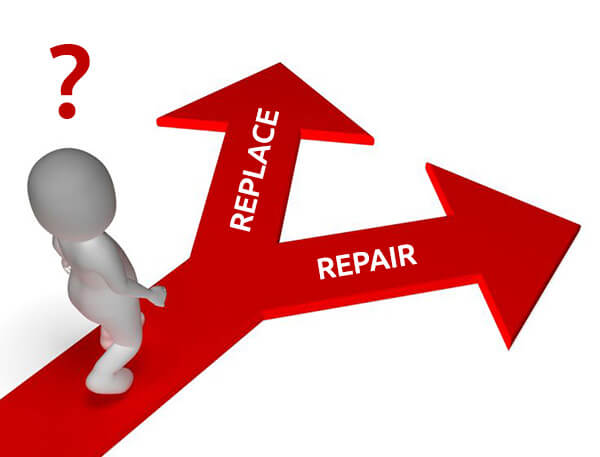
This image is property of www.galmicheandsons.com.
The post Before and after scenarios in HVAC repair services appeared first on Diamond Air Design.

